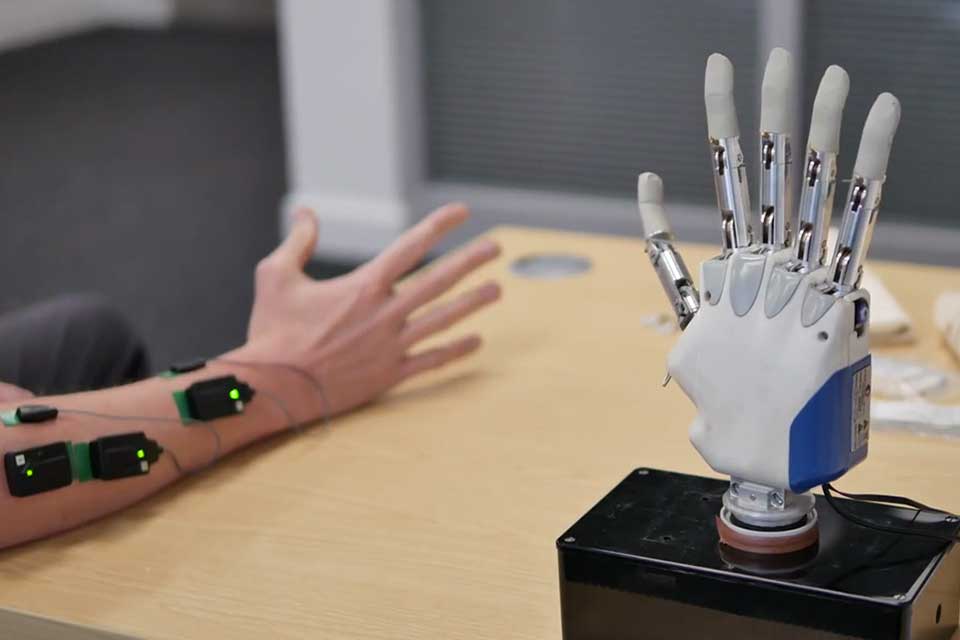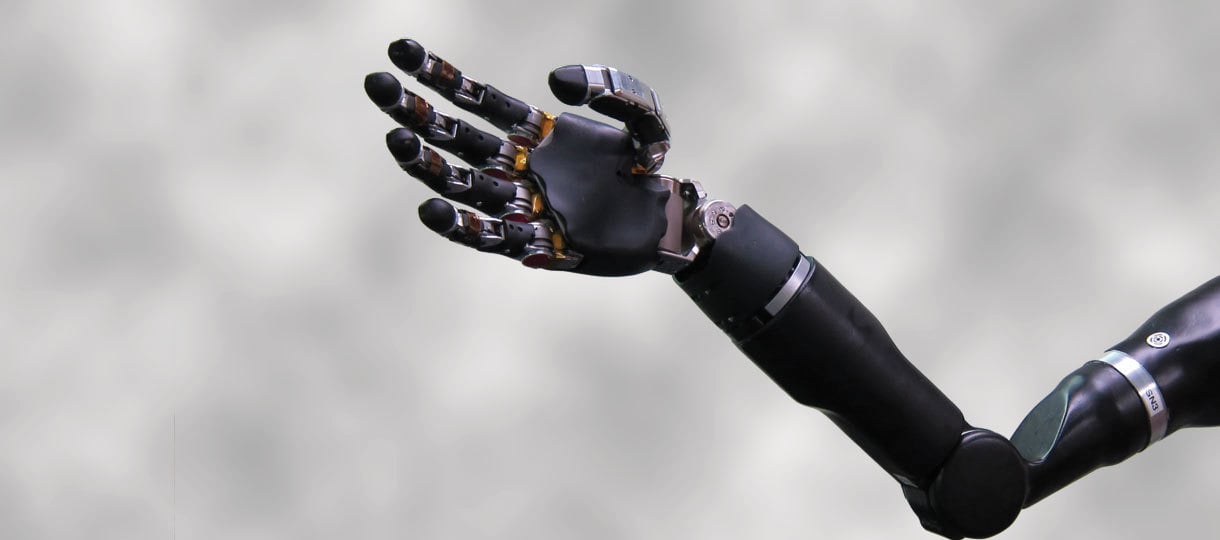What makes a prosthetic limb great goes beyond incorporating the latest in engineering and technology. As the demand for prostheses continues to increase, researchers realize that psychological factors play a crucial role in whether the prosthetic user will actually use the device and accept it as a part of their own body.
Abandonment rates for prosthetics, especially upper-limb devices, are notably high. A 2020 study involving 68 individuals in Austria who had lost their upper arms revealed that 44% chose to discontinue using their prosthetics, regardless of how sophisticated the technology is. For those with limb loss up to the shoulder, the abandonment rate surged to 60%.
Some earlier research indicated that rejection rates for upper-limb prosthetics could be as high as 81%. According to a 2021 study, even the most expensive electric prostheses had rejection rates of about 20%.
The primary reason behind these high abandonment rates is that many users struggle to connect with their prosthetics, especially when these devices fail to feel, function, or resemble a natural limb.
This finding isn’t surprising. In an interview with the American Psychological Association (APA), Maria Scherer, PhD, MPH, a research psychologist and president of the Institute for Matching Person and Technology in Webster, New York, notes that some products are engineered to impress fellow engineers rather than cater to the needs and experiences of actual users. This disconnect often results in designs that don’t resonate with those who will ultimately use the prosthetics.
How tech can help boost integration
To address this disconnect, most efforts in prosthetic development now focus on enhancing the integration of prosthetic devices with the human body.
In an interview with the APA, Nicholas Hatsopoulos, PhD, a behavioral neuroscientist at the University of Chicago, discussed the advances in technology that leverage the growing understanding of neuroscience, particularly focusing on specific neurons responsible for movement and touch sensations. Hatsopoulos is working with a team on brain-computer interfaces that enable individuals with upper limb paralysis or amputations to control their limbs through thought.
Although this research is still in its infancy and has not yet been applied to devices that can assist those with complete loss of sensation, initial tests have shown promising results. Participants in these studies were astonished to discover they could perceive sensations from a robotic hand.
Research indicates that enhancing sensory feedback and developing aesthetically realistic prosthetics can significantly improve users' feelings of ownership and acceptance of these devices. Giacomo Valle, a neural engineer from the University of Chicago, told the APA that the ultimate aim is to develop prosthetics that not only look realistic but also fully restore the sense of touch and fine motor skills.
Enhancing sensory feedback and developing aesthetically realistic prosthetics can significantly improve users’ feelings of ownership and acceptance of prosthetic devices.
Enhancing embodiment through tech
With prosthetic rejection rates rising, embodiment, or the ability to perceive a prosthesis as part of one’s body, is crucial. For embodiment to happen, a prosthetic device must offer more than functionality, Gianluca Saetta, PhD, a neuroscientist and clinical psychologist at ETH Zurich in Switzerland, told the APA. Saetta is involved in a multidisciplinary initiative to explore and reconnect the relationship between the self and the body.
Embodiment, or the ability to perceive a prosthesis as part of one’s body, is crucial. But for embodiment to happen, a prosthetic device must offer more than functionality.
Saetta’s research focuses on phantom limb sensations, which often occur following an amputation and may complicate the acceptance of prosthetics. One prominent hypothesis suggests that these sensations arise from maladaptive brain rewiring post-amputation. In some cases, patients experience pain or a sensation that seems to transfer from the absent limb to another part of their body.
He proposes that leveraging the brain’s plasticity could allow for mental training that helps individuals accept prosthetics and enhance their sense of embodiment. In a project named IntelliMan, which aims to develop artificial intelligence-enhanced prosthetics, among other objectives, Saetta and his team had participants without limb loss navigate a virtual environment using either a virtual hand or a virtual prosthesis to manipulate objects.
Their findings, which are pending publication, indicate that adjusting the device's haptic feedback—such as simulating the sensation of an object slipping from the hand—can improve embodiment. They observed no significant difference between using a virtual hand and a virtual prosthesis, suggesting that users can seamlessly integrate both equally well.
Participants who experienced a stronger sense of embodiment paid more attention to the objects they were interacting with instead of focusing on the virtual hand. This highlights that an effectively integrated prosthetic could require less visual concentration from the user.
Personality traits and embodiment
A person’s psychological and personality traits also play a significant role in how effectively they adapt to using prosthetics, Saetta told the APA. In his latest research, he’s exploring the links between a person’s sense of embodiment and various factors such as age, gender, socioeconomic background, beliefs about robotics, as well as the “big five” personality dimensions: agreeableness, conscientiousness, extraversion, neuroticism, and openness.
Although this research is still awaiting publication, Saetta emphasizes that a deeper understanding of the factors influencing prosthetic acceptance could lead to personalized improvements in how individuals connect with their devices.
For instance, those with higher levels of neuroticism may struggle more with integrating prosthetics into their self-image.
Scherer supports this view, asserting that advancements in acceptance rates cannot solely rely on bioengineers, neuroscientists, or technology alone. “An interdisciplinary approach that includes rehabilitation psychologists can greatly enhance outcomes,” she explains.
Rehabilitation psychologists assist individuals facing disabilities or chronic conditions to achieve autonomy and explore new opportunities. Research indicates that considering psychological influences is vital in helping individuals embrace prosthetics as extensions of their own bodies.
The benefits of embodiment
With all this talk about the importance of embodiment, how does it benefit the prosthetic user?
Using a prosthesis requires significant mental focus, leading to a higher cognitive burden than a natural limb. Recent research by Valle suggests that enhancing the sense of embodiment in prosthetics could help alleviate this mental load.
Using a prosthesis requires significant mental focus. Research suggests enhancing the sense of embodiment in prosthetics could help alleviate cognitive burden.
In a particular study, teams evaluated three individuals with lower-limb amputations who used advanced robotic feet. The robotic feet were linked to implanted devices that interfaced with their legs' nerves. These prosthetics featured sensors designed to relay pressure information to the nervous system, simulating the natural feedback experienced in healthy legs.
With this system, participants reported a more natural walking experience and could quickly navigate stairs. Notably, in a 2024 study, users who could harness this biomimetic approach managed to spell words backward while walking 20% faster.
Improving sensory feedback could also lessen the feeling of burden that prosthetics impart. Although a typical prosthetic leg weighs about half that of a natural one, around 70% of amputees feel their prostheses are overly heavy. In a study in which sensory feedback was transmitted through electrical signals to the nerves of a participant with an above-knee prosthesis, researchers observed a 23% reduction in the perception of the leg's weight, a 36% boost in confidence while walking, and a remarkable 60% increase in the feeling of embodiment.
A typical prosthetic leg weighs about half than that of a natural one. However, 70% of amputees feel prostheses are overly heavy. Improving embodiment could help alleviate this.
Additionally, enhancing the embodiment of prostheses may decrease phantom pain. Various studies have demonstrated that arm prosthetics capable of delivering sensations through neural stimulation can help reduce phantom sensations. Reducing such pain increases the likelihood that an individual will accept the prosthesis as an integral part of their identity.
Next steps
Developing devices that seamlessly integrate into a person’s sense of self remains an ongoing technological challenge. Additionally, issues such as the long-term durability of these devices may raise ethical concerns, especially when an individual considers a prosthesis part of their identity.
The field of neuroprosthetics also faces significant ethical implications, including health risks associated with brain implants and the effects on personal autonomy.
Although rehabilitation psychologists play a crucial role in supporting individuals adapting to prosthetics, their numbers are alarmingly low. Increased visibility and advocacy for this specialty are necessary to ensure comprehensive care for rehabilitation patients.
Ultimately, although the advancements in prosthetic technology show great potential, it's crucial to consider the ethical, psychological, and cultural aspects to guarantee that these developments truly serve the best interests of individuals and society as a whole. As researchers address these concerns, seeking the assistance of a rehabilitation psychologist is essential for anyone who may need support in adapting to prosthetic use.














